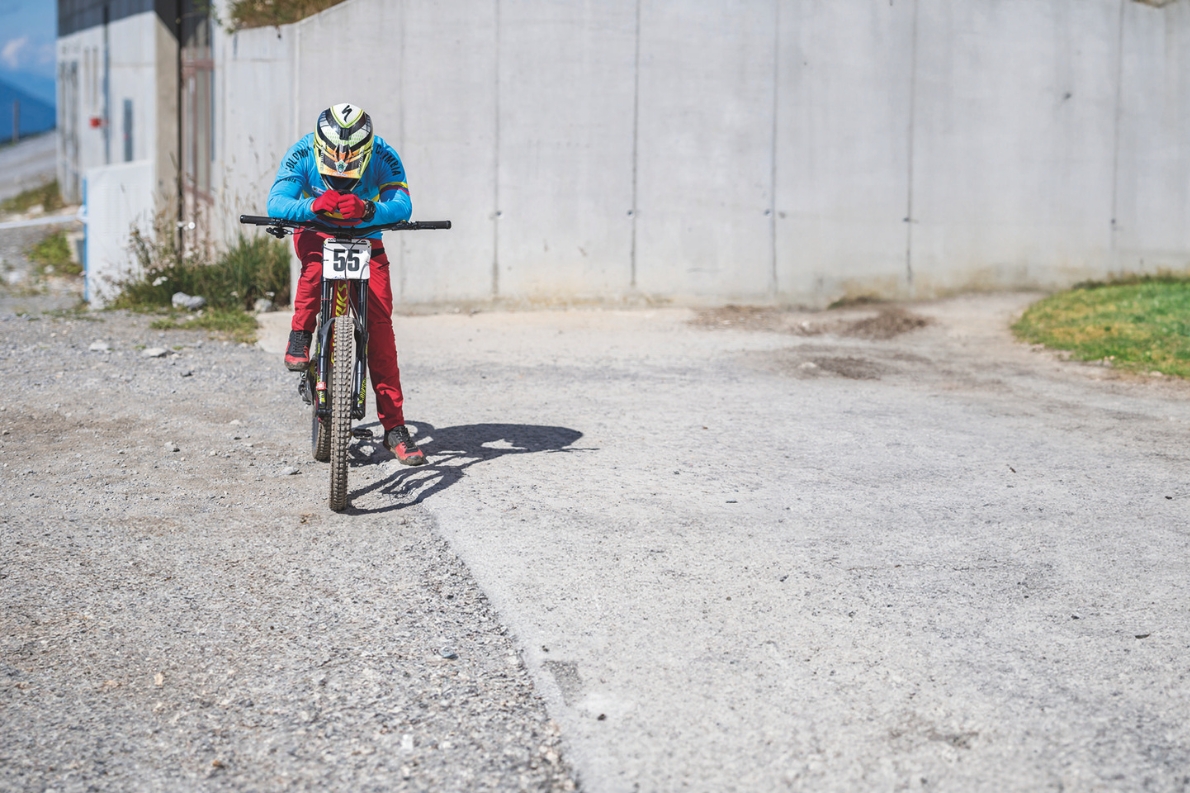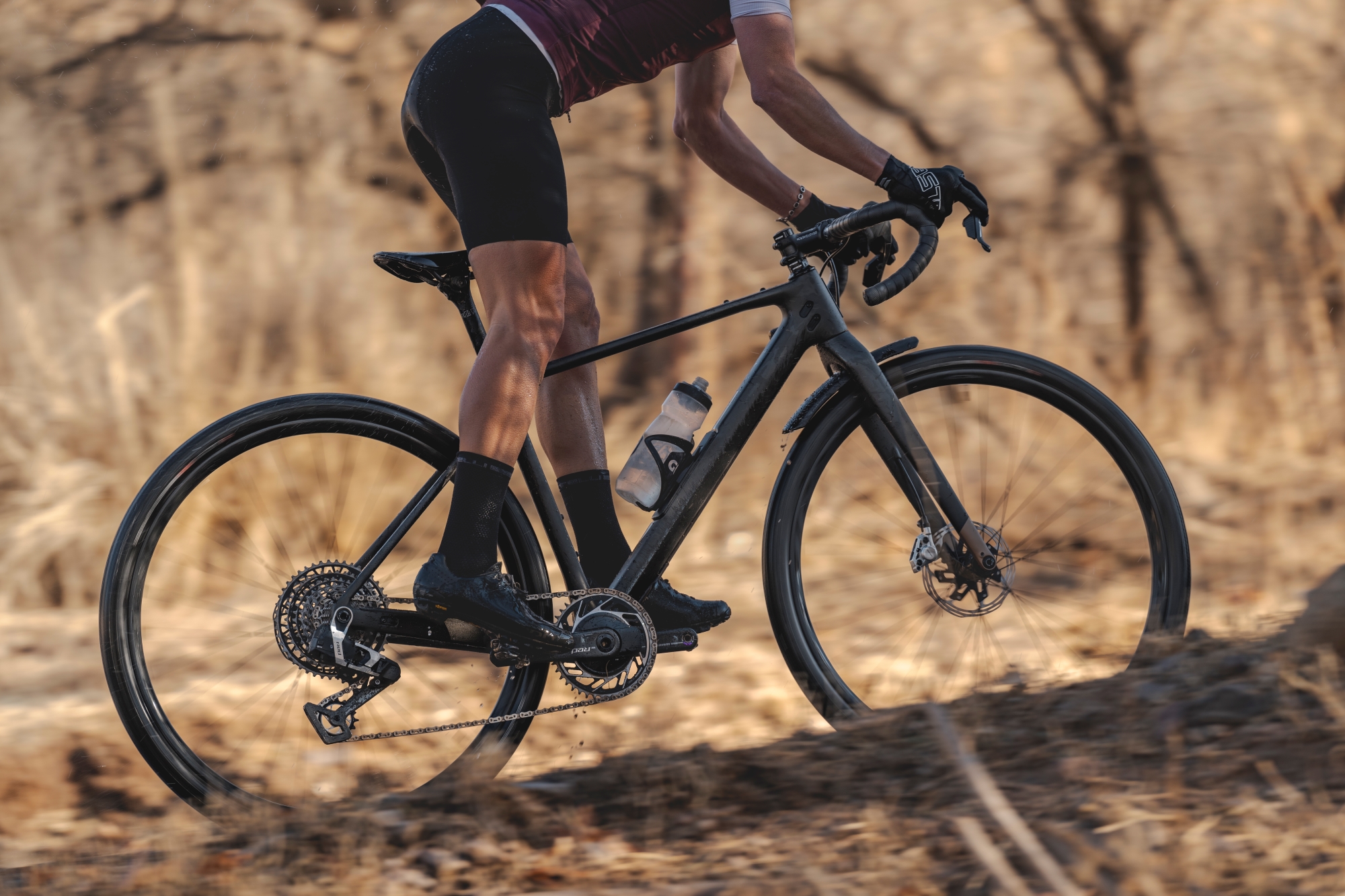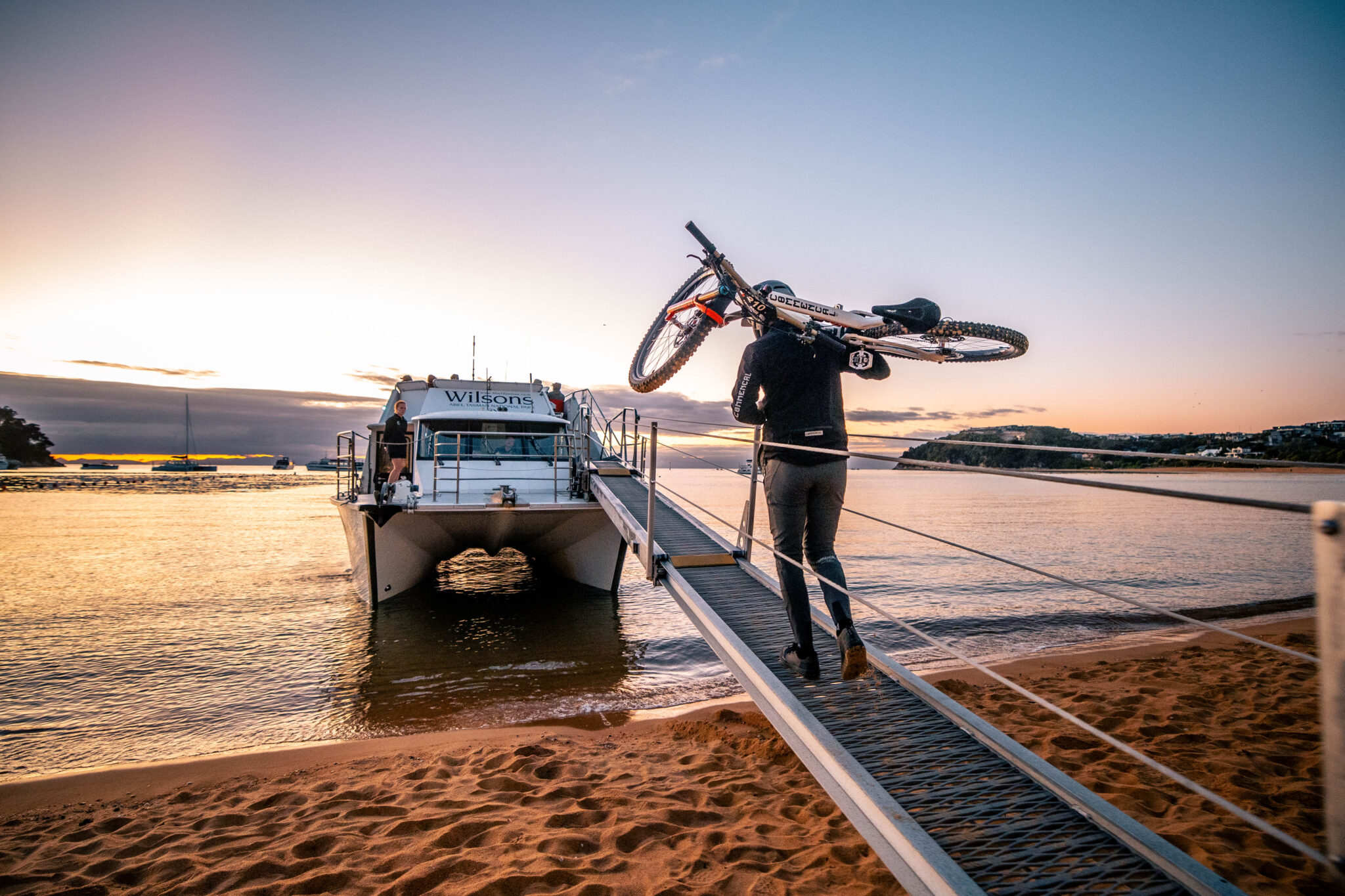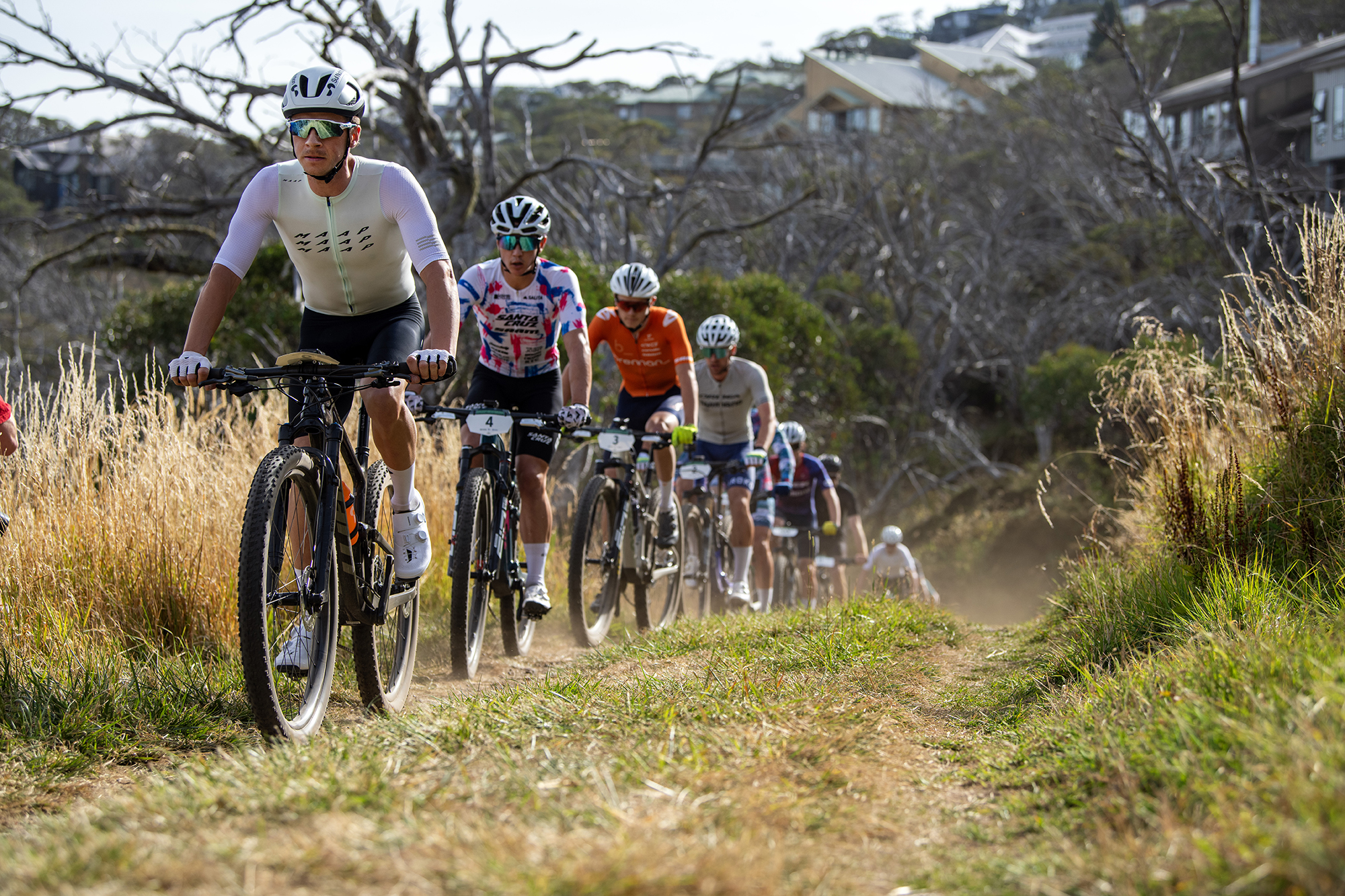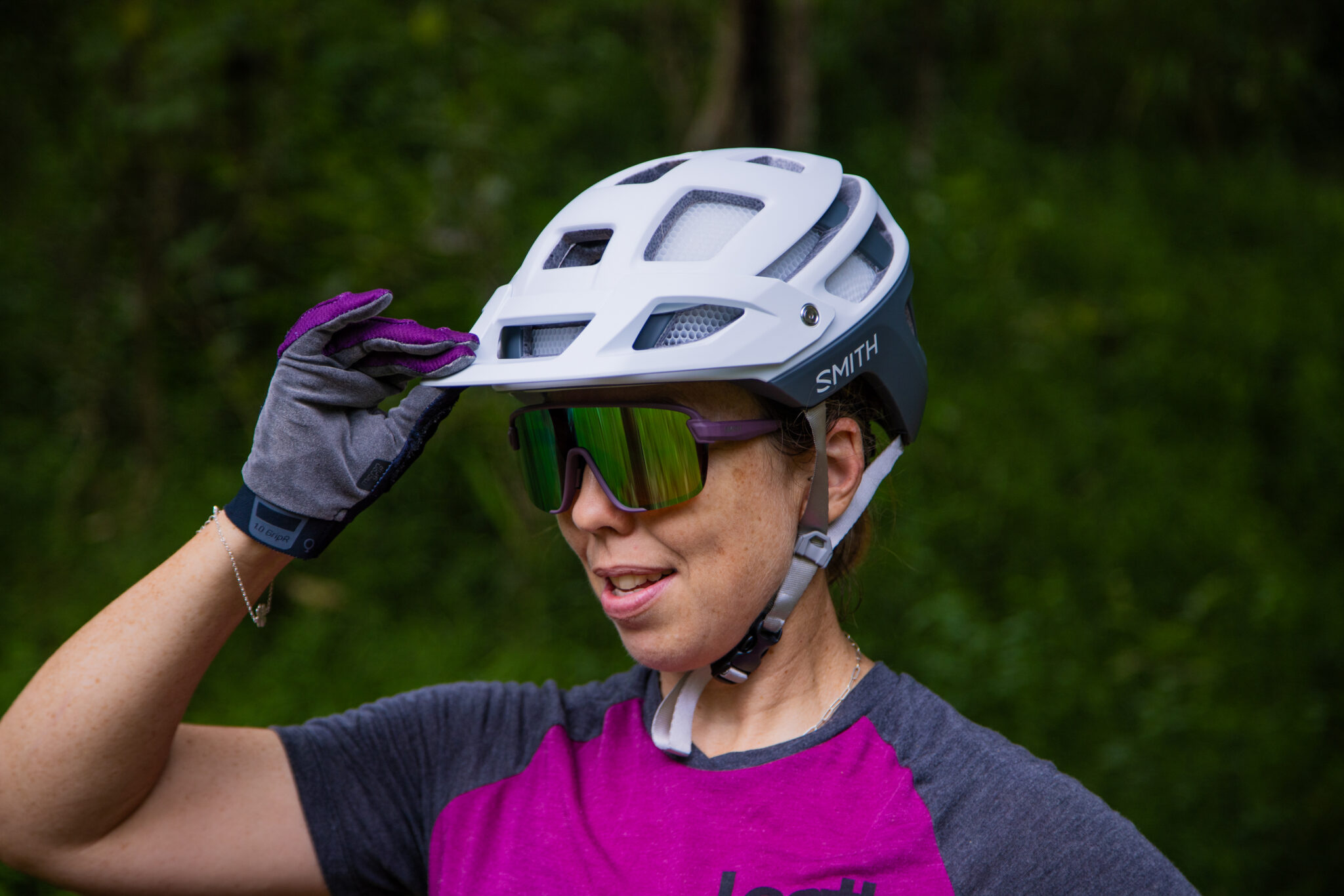How to visualise your sporting success: Visualisation techniques
Words: Kath Bicknell
Photo: Phil Gale
Visualisation is a powerful technique from sports psychology for improving your performance capabilities and mindset outside of intense physical training sessions. But did you know that keeping a physical element in the mental rehearsal process can improve those gains even further?
Visualising, or mentally rehearsing, a race run or section of trail can have multiple benefits. It can help with reducing anxiety, refining or firming up a particular strategy, setting and managing expectations, maintaining motivation, increasing confidence, building skills for staying relaxed and focused in challenging situations, and preparing for different scenarios that might happen so you’re less surprised if they do.
It’s well known that visualisation works best when it’s used to reinforce positive outcomes, when the process is super detailed, and when all the senses are involved. What can you hear? See? Smell? Taste? How does it feel?
What’s surprisingly less well known is the research on how adding small physical movements – like hand gestures for specific sections of trail – takes the benefits of mental rehearsal even further.
In a study on dancers, cognitive scientist David Kirsh became curious about the use of hand gestures to aid recall, save energy, for communication and private practice. This is something you’ll see in rock climbers, mountain bikers and other movement-loving folk. Called ‘marking’, it’s effectively using simplified hand motions to rehearse or describe sections of choreography (or a route, or a trail), rather than using the whole body for a full effort rehearsal.
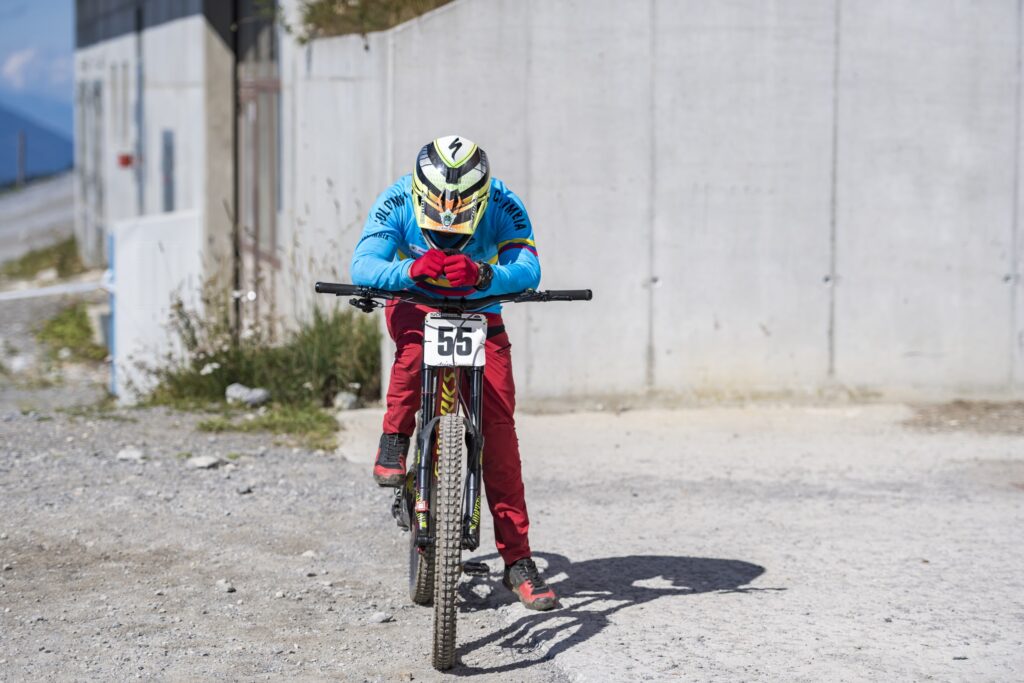
You’ll likely find marking is something you do already – like moving your hands to describe the feel of a series of jumps – without having thought too hard about how and why it’s so effective. And you’ve more than certainly seen other riders do it when trying to describe a trail to someone or to go over it for themselves.
Marking, in combination with visualisation, allows riders to practice a trail while saving precious physical energy. It can help cement the order, rhythm and strategy for certain parts of a trail. And it can help us describe elements of riding that we don’t always have words for. Like the bit where the trail goes (insert hand gesture and sound effect here).
The kicker, for Kirsh, is thinking with our hands allows us to extend our mental resources beyond imagining every detail of the movement. This is why marking is more effective than mental simulation alone. The visual anchor helps us with problem-solving and strategy, for instance, and feeling the movement helps with cementing the rhythm and planning what to do at certain points on the trail.
If mentally rehearsing a trail is something you do, or have been thinking of trying, see what happens if you bring your body into the process more deliberately: run through a trail in your mind and pair small motions with your hands or arms to augment details from the trail. A sweeping motion for a corner perhaps, a shaky movement for a bumpy straight, a small push forward as though you’re pushing the bars as you go over a drop.
Try to imagine riding the trail in real-time and explore how the process best helps you. Does it help with recall, with knowing what’s coming next, with building in a bodily sense of when to rest, breathe more deeply or blink?
If you’re feeling anxious about the trail, marking can help you build in a sense of control. If outright speed is your goal, this augmented rehearsal process can help with planning and refining your approach to different sections of the track.
From sharpening your mental approach to the trails, to reducing physical fatigue, to adding efficiency to your movement processes, marking, paired with visualisation, is a nifty way to improve your mind and body experience on the trails.
What’s more, unlike that new piece of gear, all it costs you is time.

